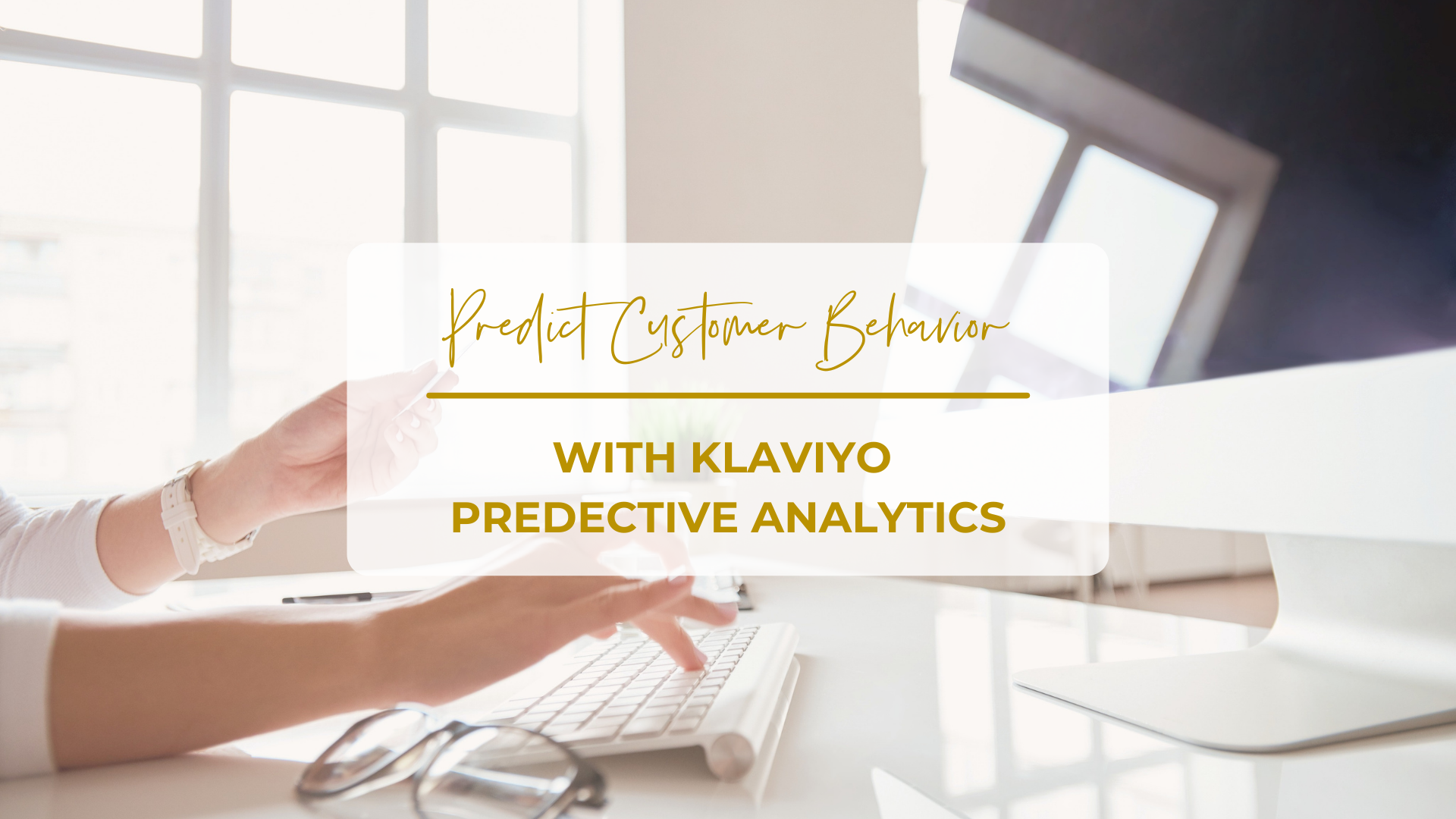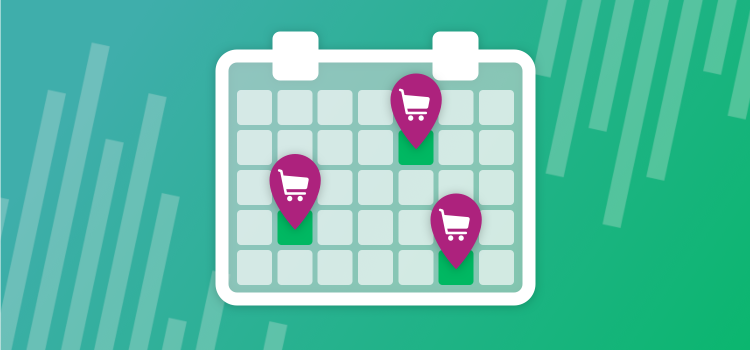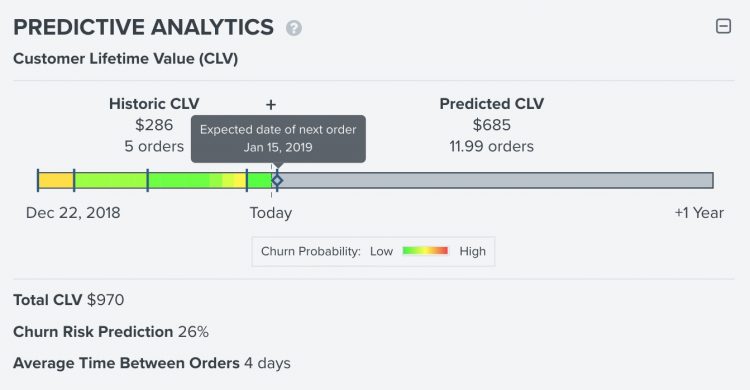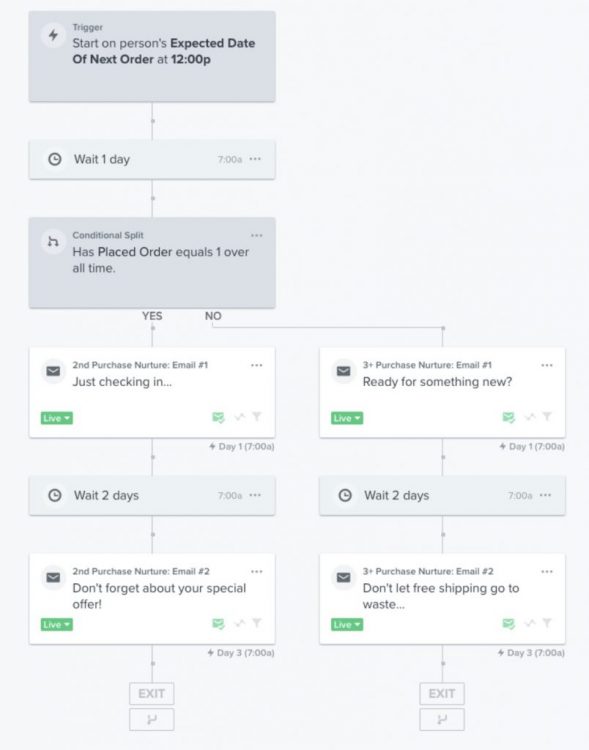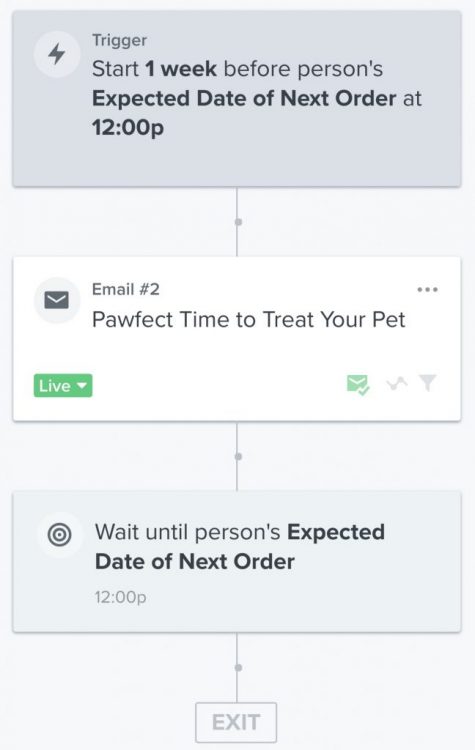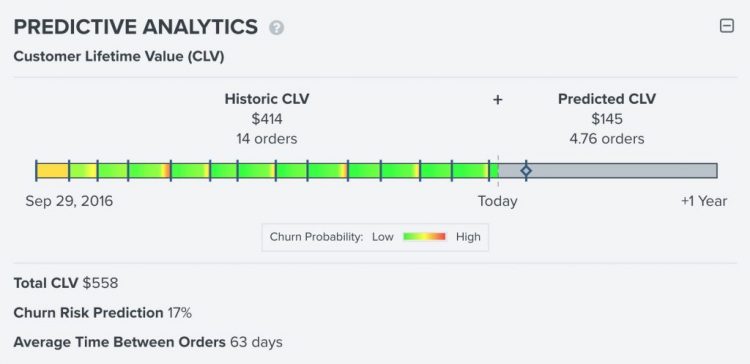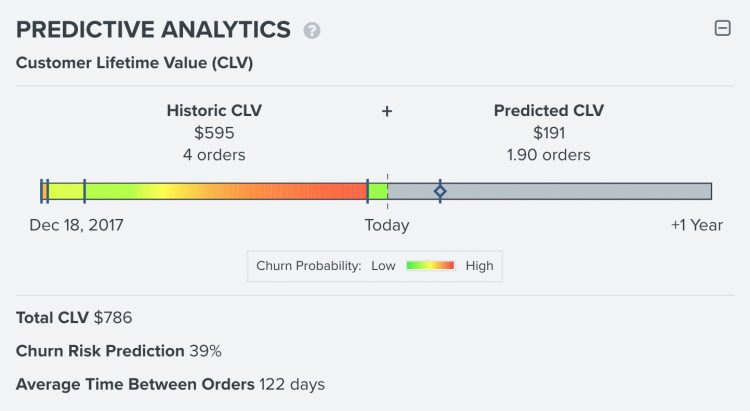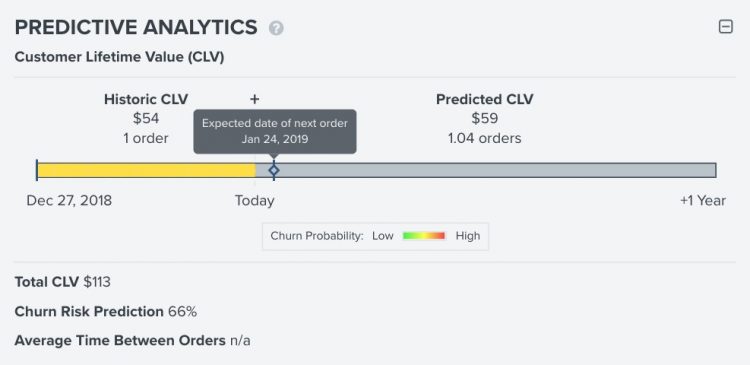Predict When Your Customers Will Reorder
Are you eager to scale up your business? Of course, you are; aren’t we all? But hard work and quality products are not always enough, because you need customers and to keep them engaged you must also form close relationships with them and learn to predict their behavior.
Imagine you own a fitness club. Your customer behavior will be hard to predict because there are many things that don’t depend on your business, like their decision to move and find another club or quit doing sports for personal reasons. But there are several aspects of your regulars you can figure out. And knowing their behavior would help you create new offers and time your marketing efforts properly in order to be most effective.
See How Likely It Is for Your Customer to Order Again
Usually, the expected date of the next order is, for most customers, given by the purchasing patterns of all of your customers. Unless we are talking about those who have made three or more purchases at regular intervals. In this case, the prediction of their next order can be made judging by their purchase behavior.
However, even if you can assume that your customer will place another order at a certain moment, the expected date doesn’t tell you how likely your customer is to purchase again. To find out how likely or unlikely it is for your client to make another order, you can look at their profile page and check out the Churn Risk Prediction in the Predictive Analytics box.
The new Klaviyo feature calculates all of your purchasers’ expected date of next order, updating it every time a purchase is made, whether it is from a new or an existing customer. How? Just go on your client’s profile page and place your mouse over the blue diamond on the timeline in the Predictive Analytics box.
The only reason the Predictive Analytics box might not be available on a customer’s profile page is that there is not enough data for your company. And if the box is there but the info is n/a, it is because you are checking a customer who hasn’t made any purchase yet.
Find Out When to Prompt Your Customers to Place a New Order
Knowing when to reach out to your customers to stimulate them to come back and make another purchase is not as easy as it seems. Yes, you might say making them a come-back offer after one month is reasonable, but what if you are contacting a customer who orders once every two weeks or once every two months?
To make sure no mistakes are made, you can use the Repeat Purchase Nurture Flow. Using a previous individual purchase behavior and the general purchasing patterns of all your customers, this feature generates the expected date of next order, enabling you to contact your customers and suggest another purchase at an appropriate time for them.
The Repeat Purchase Nurture Series can be found in the Klaviyo Flow Library, along with many other pre-built flows and includes a Conditional Split. How does this work? One sequence of emails instructs a first-time buyer to place another order, while the other encourages an existing customer to make another purchase.
Prompting Purchases Before the Expected Order Date
Once you know the expected date of your customers next order, you’re ready for action. To prompt them to make a purchase you should create a flow that emails them in the week before their expected date of next order. Then, after a customer makes a new purchase, a new expected order date is set, rescheduling them in this flow.
To vary the content each time, you can use a Dynamic Product Feed in the email. You can even set it to show trending and popular items, as well as personalized suggestions. Fantastic, right?
How does the Feature work for Different Types of Customers?
For customers with three or more orders that exhibit a pattern, the next order is predicted based on the average number of days between their three most recent orders.
When it comes to customers whose orders don’t exhibit a pattern, the prediction is based on the customer’s historical orders and on order data from your other customers’ behaviour, and it is constrained to be neither too long or too short.
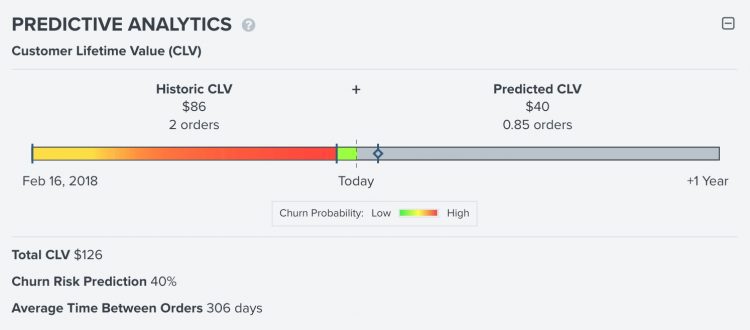
For customers with one order, the prediction is based only on data from the company’s other customers, using the median value of the days between orders for all the company’s orders. This is similar to the average, but it is less affected by customers with very frequent or infrequent orders.
Expected Order Dates in the Past
This feature enables you to predict the expected date of your customers’ next order based on the date of the most recent order and the order behavior of all your customers. So, if you expect your customer to order in two months after the most recent purchase and this was one month ago, the next order expected date will be in one month.
But this also means that, if the most recent order was one year ago, the expected date of the next order was ten months ago. So, keep in mind that you might come across cases like this when the expected date of your customer’s next order is in the past, and this is normal. Some don’t make purchases when it is most likely for them to do so, and the older your company is, the more customers with expected order dates in the past you will have.
In these cases, because the customers are unlikely to order again, recalculating the next order expected date is useless. However, finding out who these customers are is valuable information because you can reach them with marketing content.
Now you know how to predict when your customers will reorder, and get ready for action. But of course, if you’re reading about it for the first time, it might seem vague. Well, you can learn more, and I can help, of course.
And if you are an e-commerce store owner, eager to maximize your ROI and generate more revenue, you’re definitely in the right place. Just schedule a FREE strategy session with me, and I’ll take care of the rest!
Read More of Our Posts
-
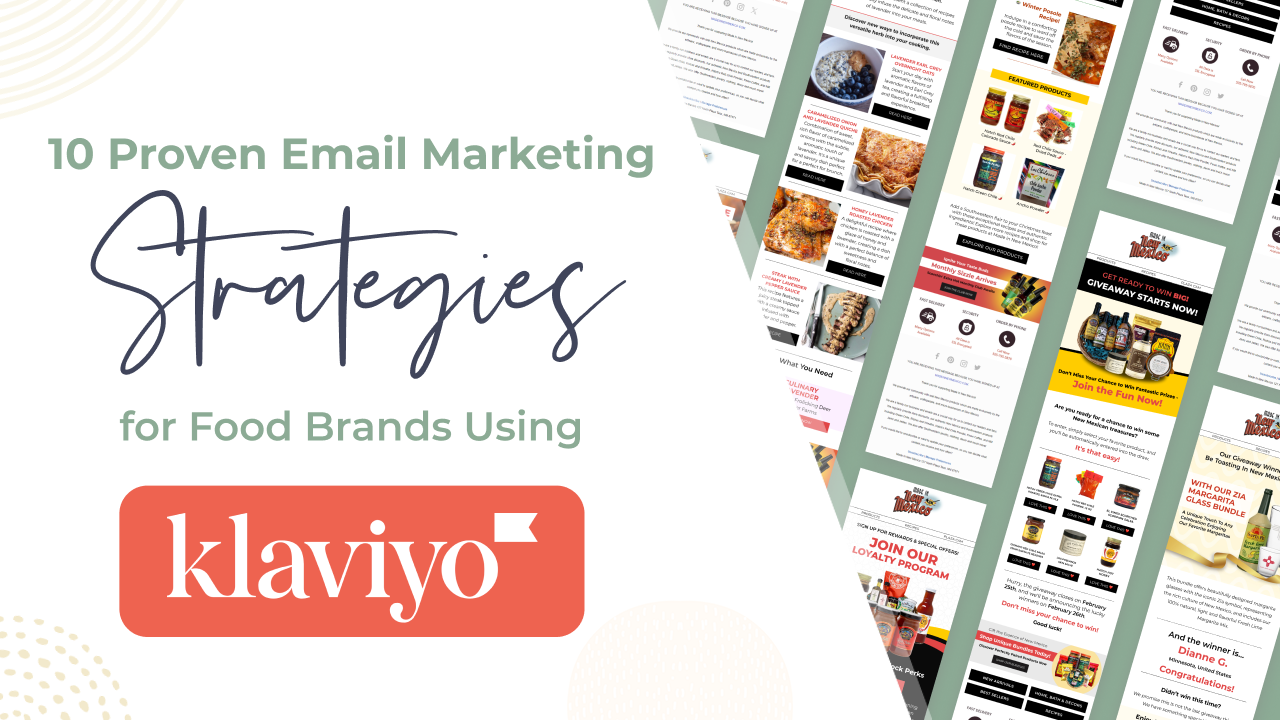
Boosting Your Food Brand’s Success with Advanced Email Marketing Strategies Using Klaviyo
June 25, 2024In the competitive world of eCommerce, particularly within the food industry, effective email marketing can...
-
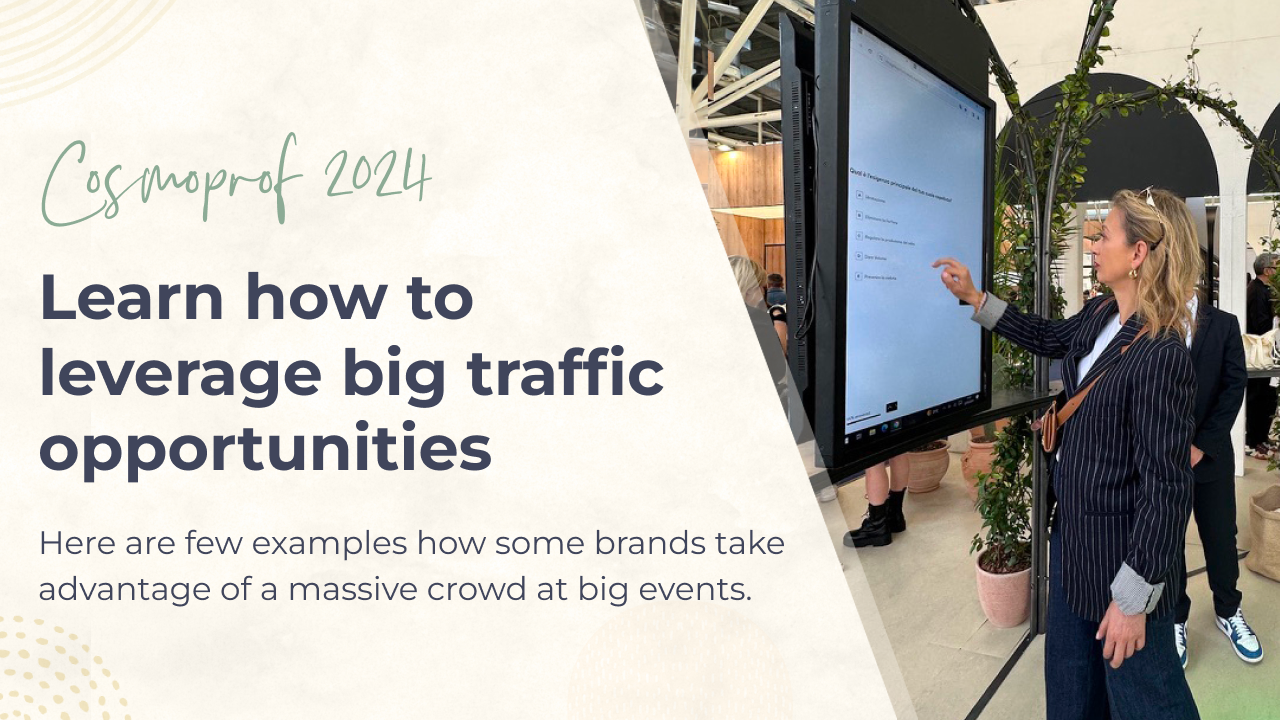
Strategies for Capitalizing on Traffic and Growth: Gamification, Social Engagement and Email Acquisition
April 4, 2024INTRODUCTION I’m back after a great week at Cosmoprof, Bologna. I’m ready to dissect all...
-
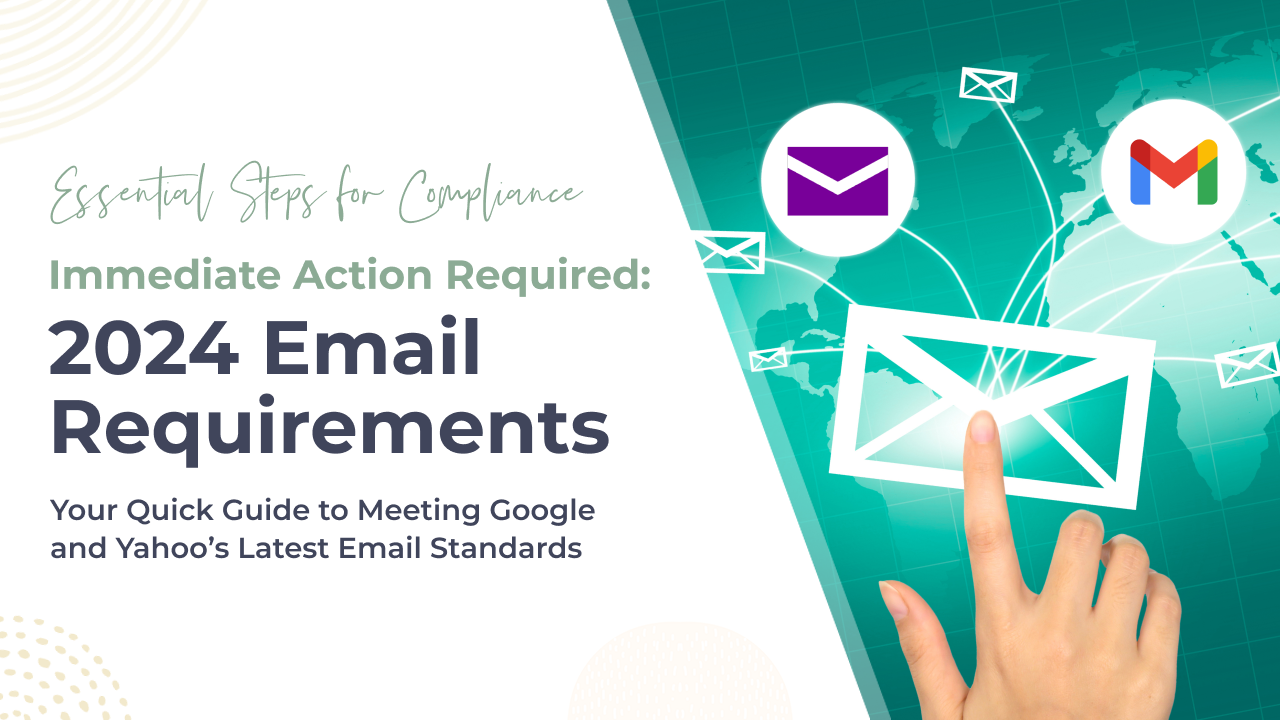
Act Now: Navigating Google and Yahoo’s Urgent Sender Requirements for 2024
January 30, 2024Introduction to New Email Marketing Compliance Standards In the digital marketing realm, delivering emails that...
-

The Crucial Difference Between Copywriters and Email Marketing Copywriters
January 30, 2024Introduction: In the ever-evolving landscape of digital marketing, the role of copywriters has diversified, with...
-

The Best Ecommerce Partners for Email Marketing: A KDP Guide
June 15, 202311 Best Apps for Building Up Your Klaviyo Ecosystem When it comes to email marketing,...
-

The Power of Technology in Beauty: A Marketer’s Perspective on Geske at Cosmoprof Show
April 5, 2023By leveraging technology, Geske can provide a one-of-a-kind experience that sets them apart from other...
-

How Davines Nailed Their Email Marketing Strategy at Cosmoprof Bologna!
March 27, 2023See how Davines, the sustainable hair care brand, executed a marketing strategy leveraging email! Cosmoprof...
-

Boost Your Email Marketing Strategy with Klaviyo and Google Ads
January 20, 2023Are you looking for ways to maximize your advertising spend? And reach more highly-qualified buyers?...
-

Discover How The Role of AI Is Growing In Business And How You Can Leverage It!
January 10, 2023As AI technology continues to advance, more and more businesses are turning to artificial intelligence...
-

Funnel Retail Traffic To Your Online Store & Boost Sales
June 30, 2022QR codes are a unique way to bridge your retail presence with your online presence....
-

Learn to Create Marketing Emails that Convince and Convert
April 3, 2019Email marketing is a powerful tool that can bring your online business great benefits. If...
-

MailChimp Ended the Partnership with Shopify.
March 25, 2019On the 22nd of March, MailChimp announced the end of their partnership with Shopify, because...
-

7 Must-Know Facts about the EU’s GDPR and Your Ecommerce Business
April 27, 2018GDPR stands for General Data Protection Regulation, a piece of law approved by the EU...
-

17 Tips to Maximize Your eCommerce Abandoned Cart Strategy
August 16, 2017Oftentimes, people are so busy that they miss significant opportunities to take their eCommerce business...
-
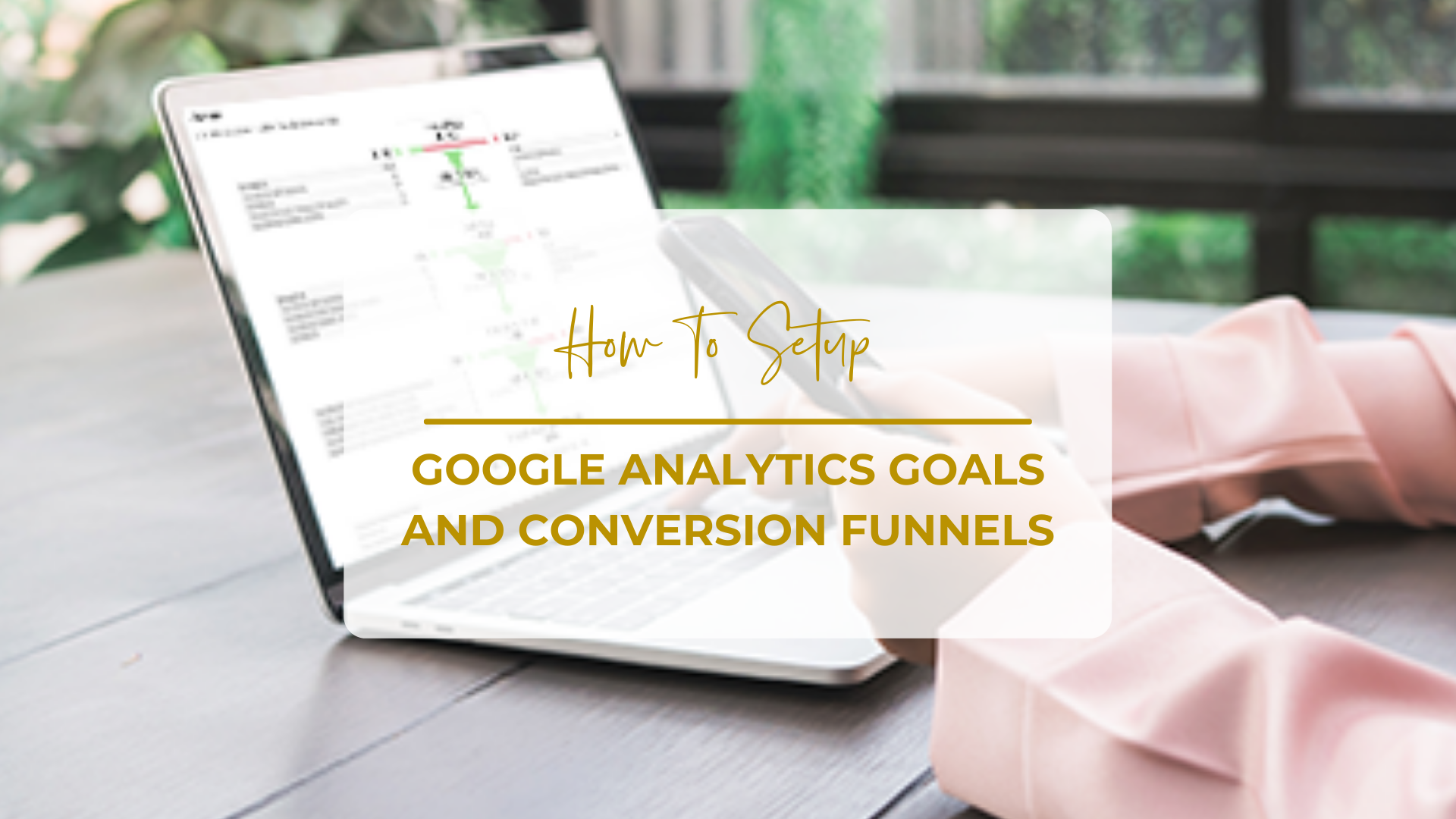
How To Setup Google Analytics Goals and Conversion Funnels
December 19, 2016Whether your online goal is to generate sales or it is to get signups for...
-

15 Best Elements For Any eCommerce Website That Wants To Drive Conversions
July 31, 2016The Problem I was hired to redesign this project when my Client and I noticed...
-
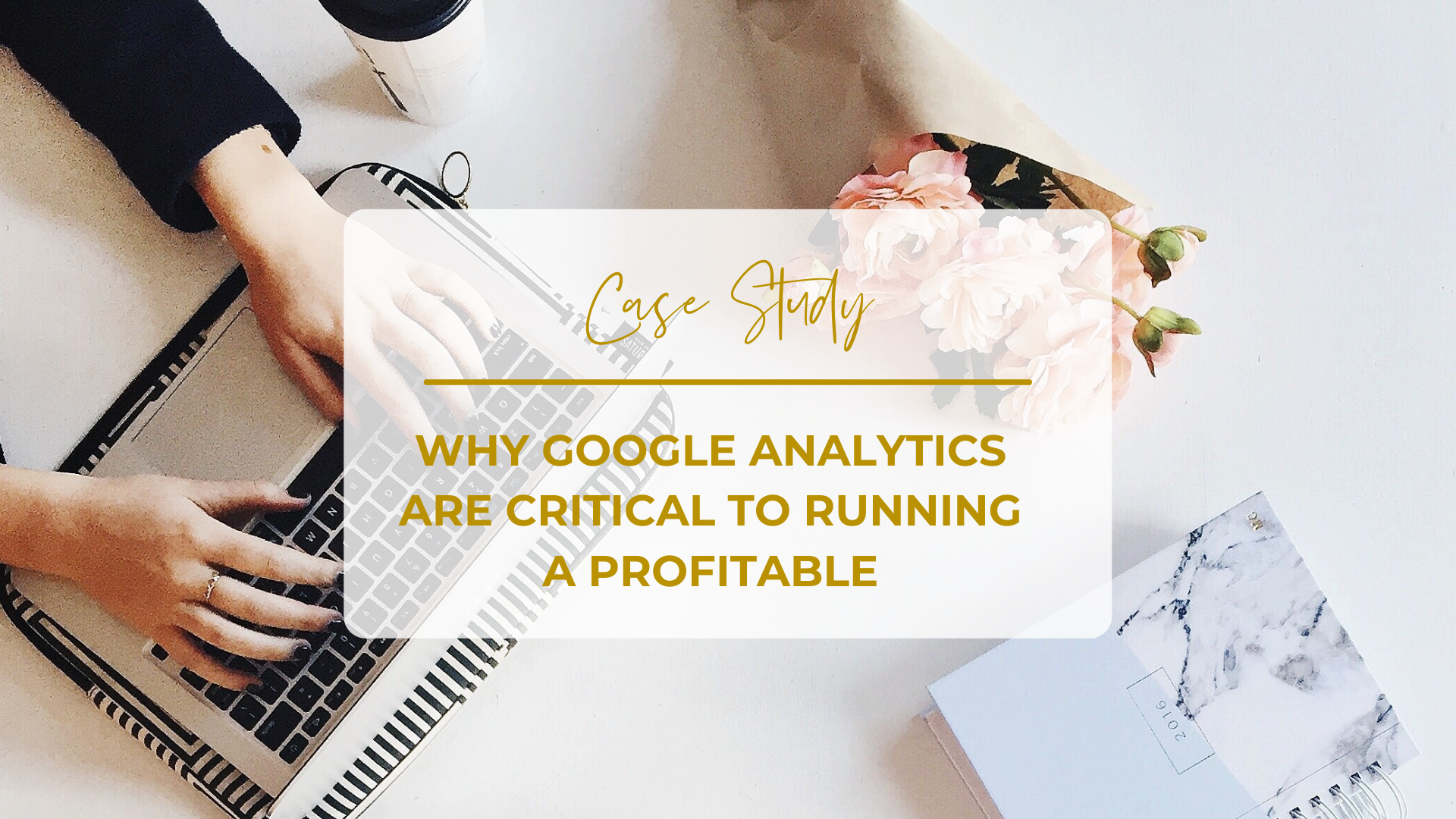
Case Study: Why Google Analytics Are Critical To Running A Profitable eCommerce Website
June 7, 2016After experiencing poor website and traffic results with an ad agency, a New Mexico-based eCommerce...

